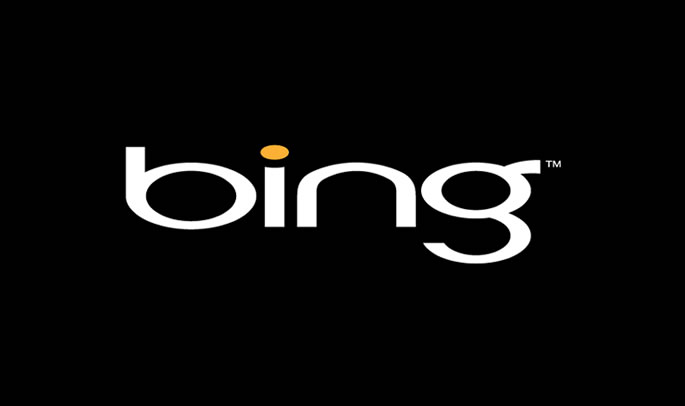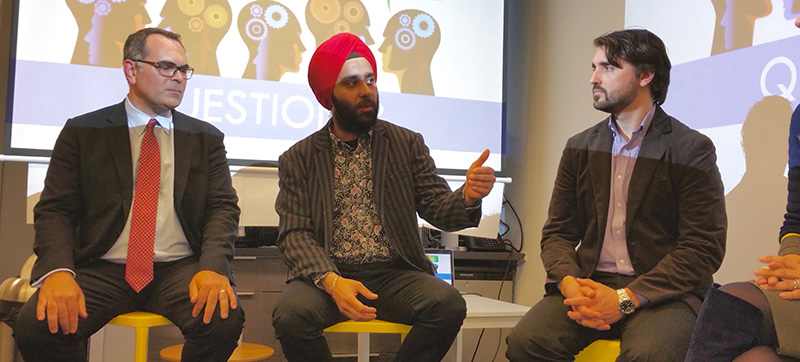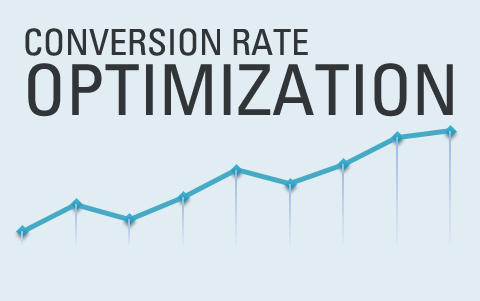Posts Tagged: analytics
Big Data’s Big Deal is HUMAN TOUCH, not Technology – Published on LinkedIn
LET’S START WITH DATA DELUGE (WHICH, BTW, IS NOT THE PROBLEM):
We all know – there is data everywhere. In the past couple of years, the world has generated more data than the prior civilization put together. Whether it is content posted on web and social media, data transmitted from sensors in cars, appliances, buildings and airplanes, or streamed to your mobile, television or computers, we are surrounded and overwhelmed by data. Advancements in technology are the main driver of this data deluge, but similar advancements have taken place in the technology to collect and store data. This has made it economical for organizations to build infrastructure to store and manage large sets of data. But, the real problem is deriving value out of this data and making it useful. This is where most of the stagnation is today. According to International Data Corporation (IDC), only one percent of the digital data generated is currently being analyzed.
THE DATA REVOLUTION IS ABOUT INSIGHTS:
Everyone agrees there is a big data revolution happening, but it is not about the volume and scale of data being generated. The revolution is about the ability to actually do something with that data. What used to take millions of dollars to first build the infrastructure and then hire really smart and expensive individuals to analyze data, can now be done in thousands. It all comes down to using the right set of new age technologies and implementing right set of rules (read algorithms) to deliver answers that weren’t possible earlier. This is where the new age data computation and analysis shines. We have come a long way to leverage machine learning, graph analysis, predictive modeling algorithms and other techniques to uncover patterns and correlations that may not be readily apparent, but may turn out to be highly beneficial for business decision making.
There have been vast improvements in how and what type of datasets can be linked together to capture insights that aren’t possible with singular datasets. An example that everyone understands is how Amazon links together shopping and purchase history of customers to make product recommendations. Along with linking of datasets, improvements in visualization tools have made it much easier for humans to analyze data and see patterns. These technologies are now making inroads into all types of disparate use cases to solve complex problems ranging from pharmaceutical drug discovery to providing terrorism alerts.
via Big Data’s Big Deal is HUMAN TOUCH, not Technology | Jasmeet Sawhney | LinkedIn.
Big Data’s Big Deal is HUMAN TOUCH, not Technology – Published on AnalyticsWeek
I have been involved in marketing analytics work for some years now. It requires me to regularly talk to CXOs about their big data challenges, and their plan to leverage this data to improve business decision making. I am constantly surprised how much misconception exists among executives. All of them read about new technologies and platforms coming out of Silicon Valley that magically clean, organize, analyze and visualize data for them. As if, they just have to implement some technology, press a button, and insights would start flowing.
This is a myth. There is no such (magical) technology-based analysis. Period.
Big Data’s big deal is not about technology platforms – it is rather about appropriate human interface with data technology.
I am myself guilty of selling big data solutions under the facade of technology and platforms. In many ways, I have contributed to this misconception about Big Data technology. So, I hope you believe me when I tell you – Big Data’s big deal is not about technology platforms – it is rather about appropriate human interface with data technology. Let’s not continue to speculate that technology platforms would save the enterprise from all data problems. I have seen the most advanced technology platforms that exist today. There is only one thing I know – these platforms would serve no purpose if we don’t have trained data professionals who know three basic things – business/domain knowledge, analytical experience, and ability to embrace new data technology.
via Big Data’s Big Deal is HUMAN TOUCH, not Technology – AnalyticsWeek.
Bing’s Content Dilemma – Retail Spokes Blog

As shoppers become skilled at online shopping, eCommerce sites have to find new ways to keep them interested in their offerings. Any initiative to solve that puzzle starts with content, and effective experiences can only be created with integrated analytics. Understanding user’s context and deriving intelligence from actions is an integral part of the mix. Here are some benefits of content enrichment when combined with analytics:
via Bing’s Content Dilemma | Retail Spokes – Online Retail Focused Content Solutions.
E-Commerce: What’s a Typical Conversion Rate For Online Retailers? – Posted On Quora
One of the factors determining conversion rates is the kind of products sold on the site. The average across product segments is around 2-3%, but can be as high as 30% for some segments. Some example product segments that get high conversion rates – Flowers, Office products, Tickets and Custom/Niche Apparel. Also, catalog retailers and home shopping networks tend to have higher online conversion rates.
Sites like Proflowers.com, LandsEnd.com, Blair.com and Tickets.com consistently rank high on conversion rates. Amazon and eBay in general rank among top 5 in almost all segments.
-JASMEET SAWHNEY
via (60) E-Commerce: What’s a typical conversion rate for online retailers? – Quora.





Does Your Rigor Match Your Risk? – Disqus Comment On PharmExec
Your brand Is liable
Cases like these are not atypical in today’s world. Pharmaceutical executives need to think about evolving technology and be prepared for the impact when glitches happen. After all, the possibility exists that glitches may represent the same level of liability as a brand recall.
If your digital property is riddled with errors, your target is going to have a suboptimal experience. In other words, defects erode the relationship your target has with your brand.
via Does Your Rigor Match Your Risk? – Pharmaceutical Executive.